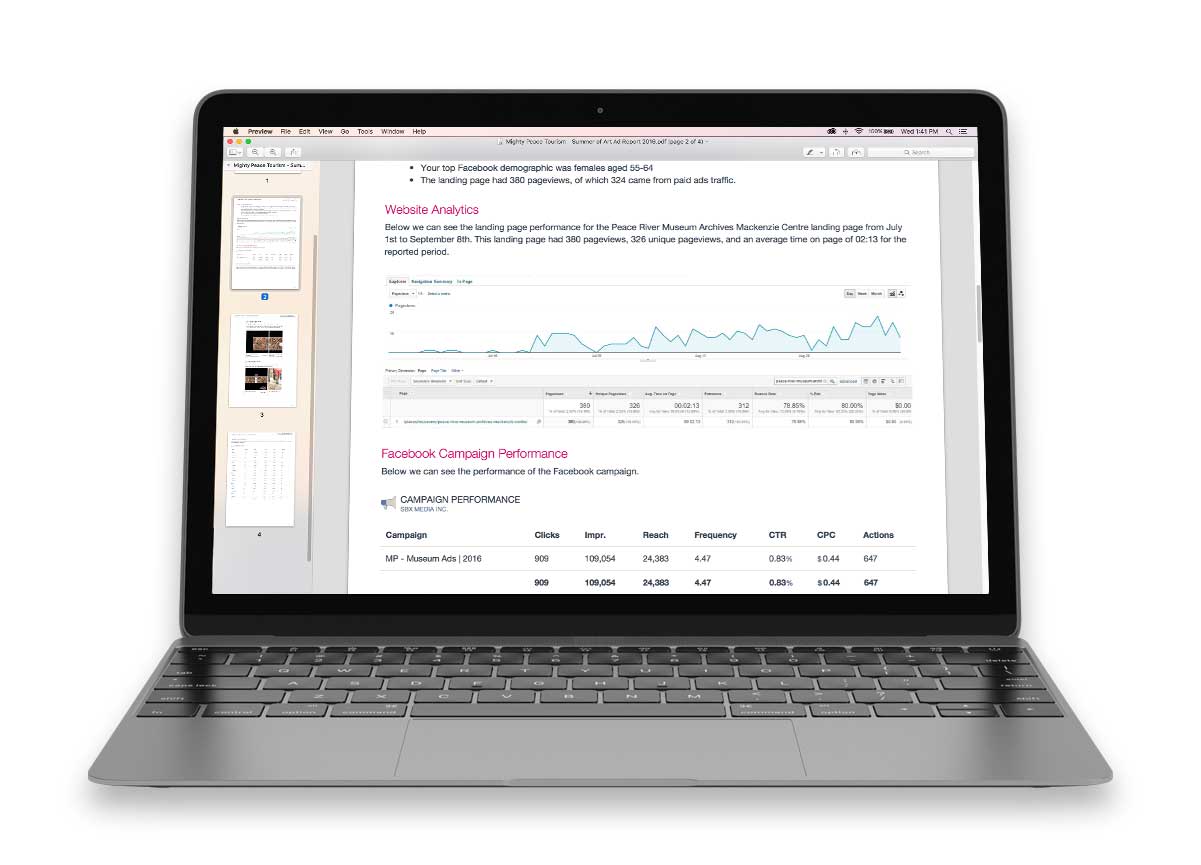1. Defining analytics sources
Once you are all setup for digital marketing activities, we have to determine where to get all your analytics data from. The most popular and versatile source of data is Google Analytics.


2. Looking for success?
As fulfilment to your strategic objectives, let’s define what success can actually look like if all your digital marketing initiatives did what they were supposed to. Are we looking to accomplish leads, web traffic or engagement? There are more than just these three measurements, but we have to be realistic.


3. Performance tracking and measurement
Once we know what success can look like, we set out to ensure there are measurement tools on all applicable digital tactics. Establishing time frames and milestones is key here as they will gauge how effective our efforts have been and if any modifications are required.
4. Making sense of reporting
Actual compiling of analytics and data demonstrates how powerful digital marketing is (say, in relation to offline/traditional marketing). Our reporting involves providing raw data to identifying trends and most importantly, providing recommendations on what to do next.
Learn how to do more with your marketing data.
More on analytics
